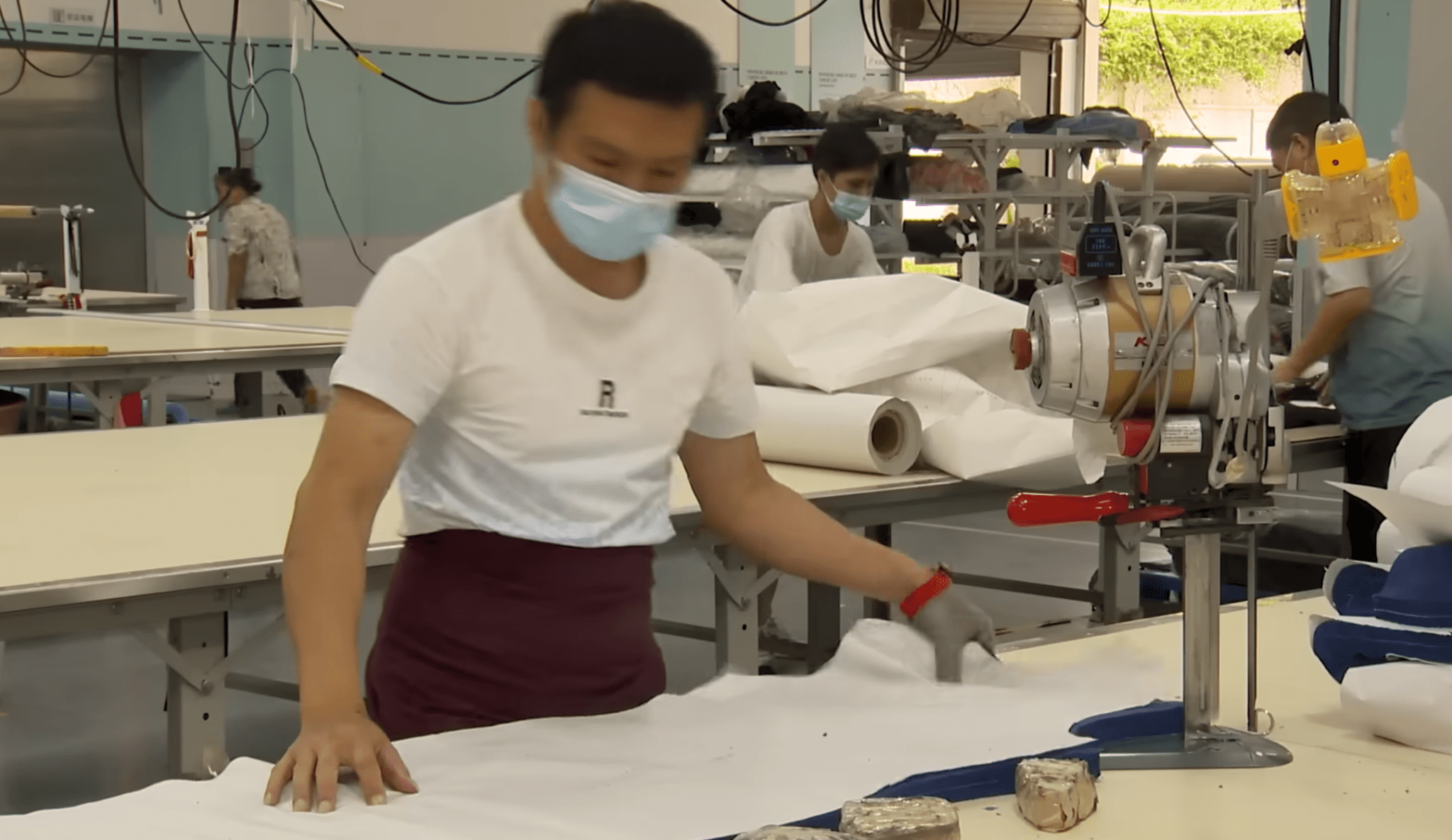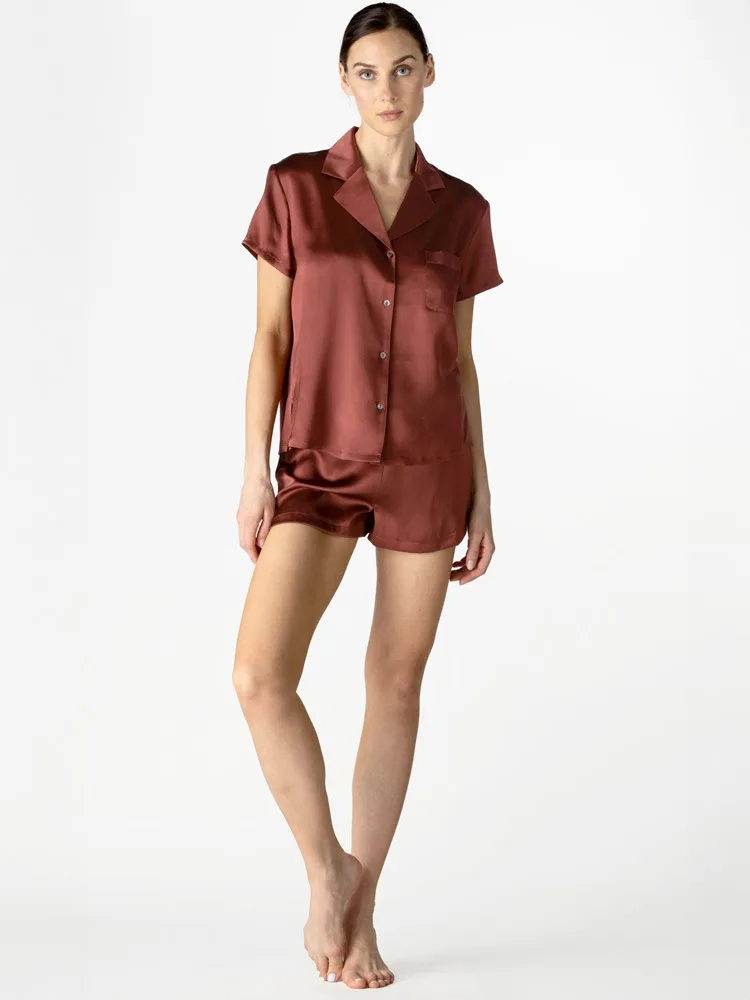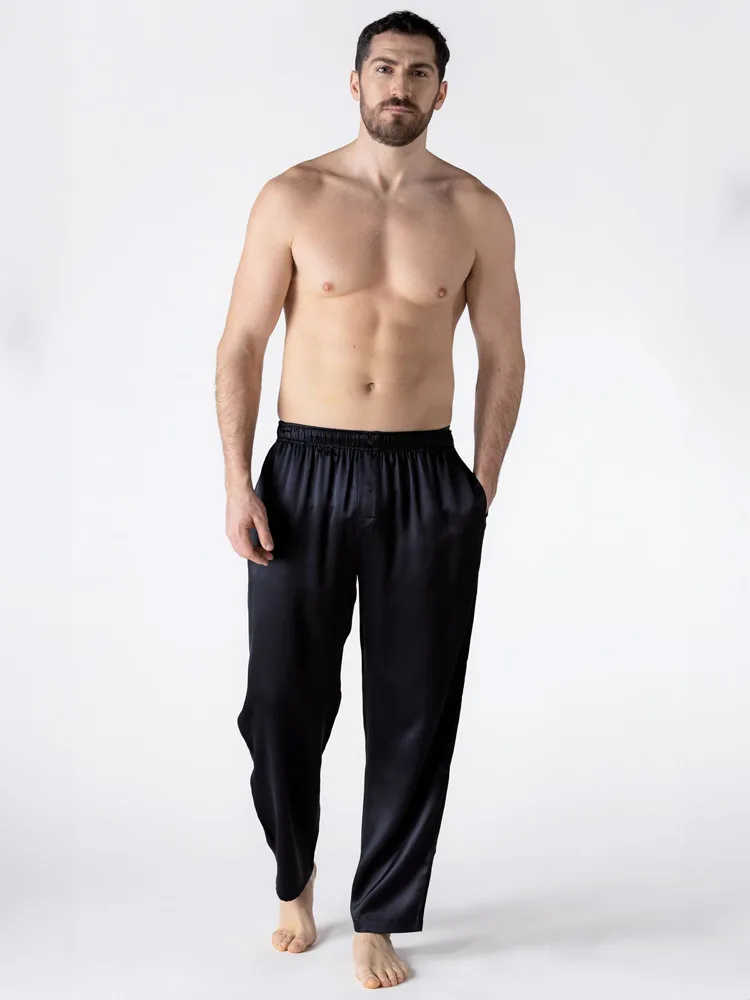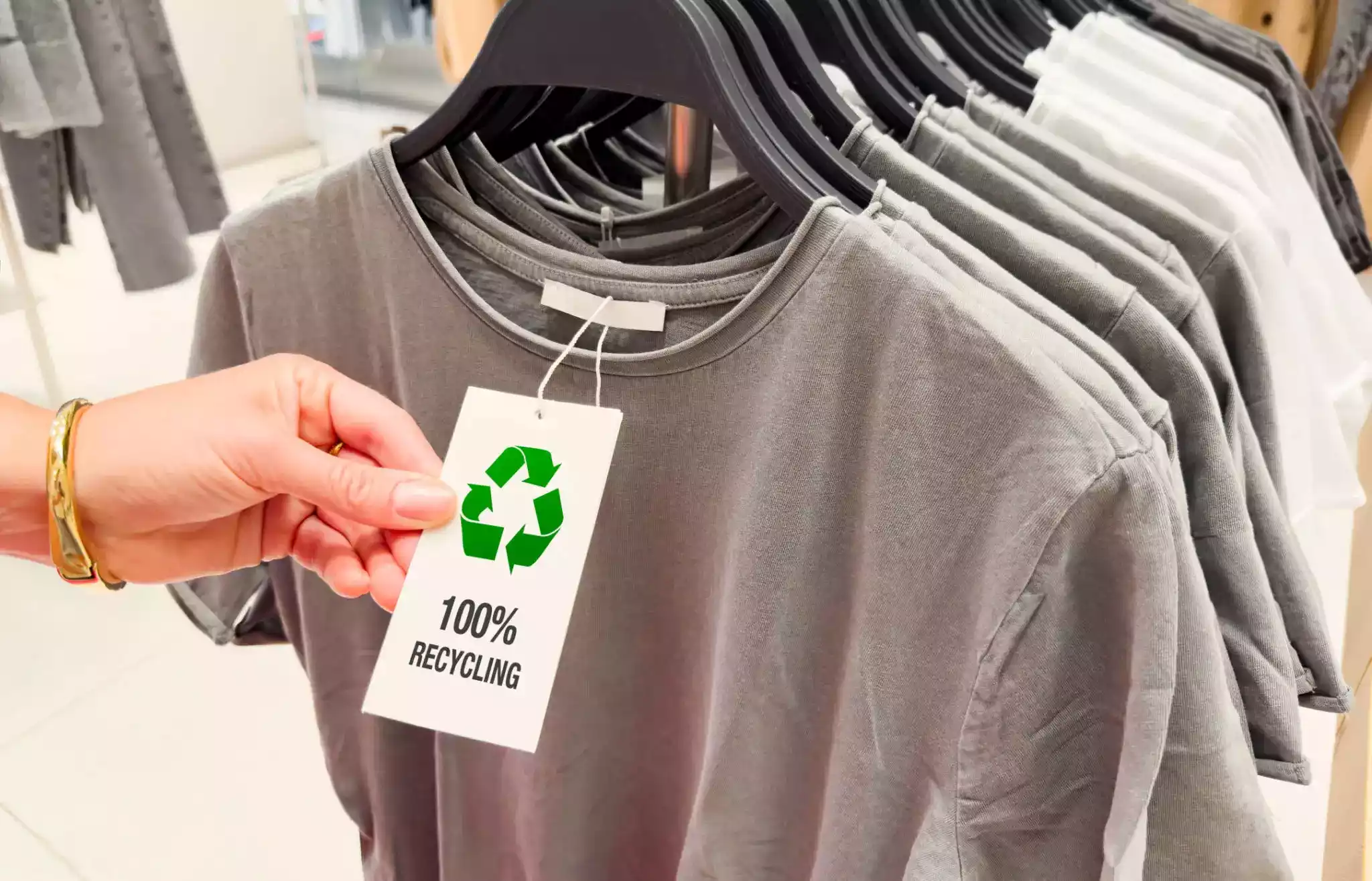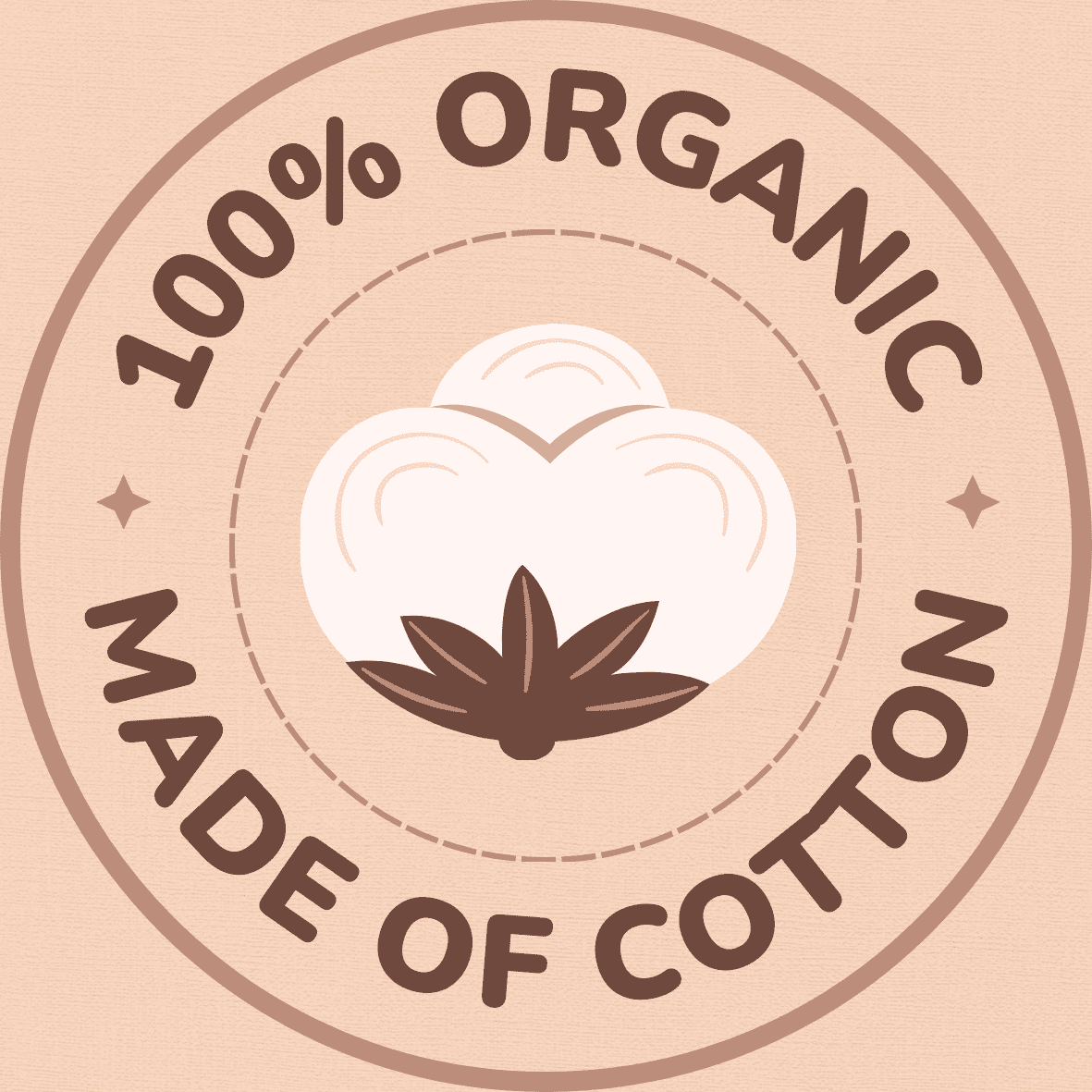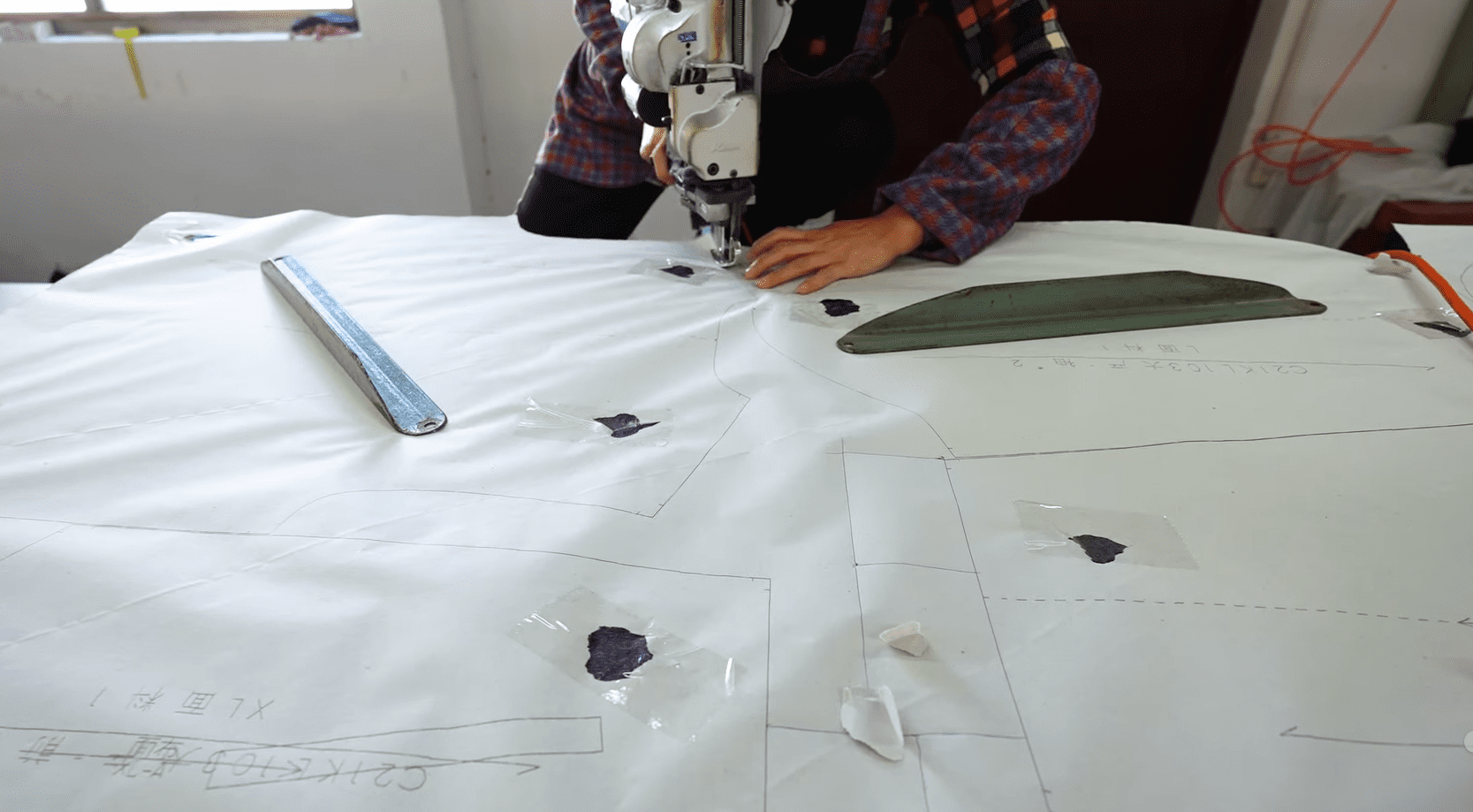The Pros and Cons of Sourcing Clothing Made in China
When considering sourcing clothing made in China, you’re looking at an economic landscape that’s as complex as it is dynamic. The allure of hoodies made in China or the attractiveness of cheap clothes made in China beckons many businesses seeking to optimize cost without compromising on style. Websites such as pjgarment.com provide a portal into the vast offerings of Chinese apparel, yet it’s essential for you to weigh both the advantages and the potential drawbacks that come with such decisions. It’s not just about balancing the cost-effectiveness against the quality — ethical considerations and market perceptions also play a critical role in defining the full spectrum of sourcing from this textile powerhouse.
The Economic Advantages of Sourcing Chinese Clothing
When you consider sourcing your apparel inventory, understanding the economics behind the production is crucial. China, known for its robust manufacturing capabilities, presents compelling financial benefits for businesses looking to achieve competitive pricing while maintaining quality and variety. Shirts made in China, for example, offer an attractive balance between cost and fashion, which cannot be overlooked by retailers and brands worldwide. Let’s dive into the specifics of why sourcing from made in China clothing manufacturers makes economic sense.
Lower Manufacturing Costs
Undoubtedly, one of the most significant advantages you gain when partnering with Chinese manufacturers is the reduced cost of production. Recent industry analyses have consistently highlighted how custom made clothing from China stabilizes your financial outlay, owing to the country’s optimized labor costs and efficient production systems. This financial efficiency enables you to price your products more competitively in the market or enjoy a healthier margin without compromising the retail quality your customers expect.
Abundance of Raw Materials and Resources
Another key factor favoring China as a sourcing destination is the sheer abundance and variety of raw materials. Whether you are in the market for cotton, silk, or any specialized synthetic blend, manufacturers in China have access to a diverse range of textiles and trims at cost-effective rates. This rich resource pool results from China’s strategic investments in textile production, which provides an array of options for businesses looking to create custom made clothing that resonates with their brand identity and customer base.
Scalability and Speed of Production
Flexibility and agility are at the heart of Chinese manufacturing prowess. The ability to scale production up or down in response to market demand is a cornerstone of China’s industrial capability. Case studies have shed light on the responsiveness of made in China clothing manufacturers, showcasing how they can expediently adjust to order fluctuations. This speed comes without sacrificing the quality or detail in each piece, from intricately designed shirts to entire fashion lines, ensuring that your inventory aligns perfectly with consumer trends and seasonality.
Clothing Made in China: Quality Considerations
When you consider adding clothing made in China to your inventory, understanding the caliber of these garments is vital. Recent quality audits by global brands delegating production to China provide illuminating insights. These audits detail rigorous quality control processes in place, aiming to ensure that pieces from casual tees to meticulous tailoring conform to international standards.
Diving deeper reveals a broad spectrum of quality in clothing made in China. On one end, high-end brands epitomize luxury and craftsmanship, rivaling traditional fashion houses. Meanwhile, a burgeoning sector offers cheap clothes made in China without compromising on quality, catering to budget-conscious consumers. This range indicates a flexible manufacturing landscape driven by diverse market demands.
Perceptions around the “Made in China” tag have transformed, according to current consumer trends. It’s no longer a byword for low quality but a diverse label that embraces both affordable and premium segments. Your customers are now more aware that clothing made in China spans the quality continuum, with many Chinese manufacturers adhering to internationally recognized standards.
Understanding the Ethical Implications
When you consider partnering with made in China clothing manufacturers, it’s imperative to recognize the ethical dimensions of your business decisions. Your commitment to ethical clothing not only reflects your brand’s values but also resonates with the growing consumer demand for sustainable fashion. This segment delves into the primary ethical concerns affecting the apparel industry in China, including labor standards, working conditions, and environmental sustainability.
Labor Standards and Working Conditions
Your ethical compass as a fashion retailer should guide you towards manufacturers that uphold dignified labor standards and working conditions. Reports from labor rights organizations shed light on the varying degrees of compliance among Chinese factories. You are encouraged to engage with suppliers who demonstrate definitive actions towards improving the welfare of their workforce, contributing to the global movement of ethical clothing production.
Environmental Impact of the Manufacturing Processes
The manufacturing processes involved in clothing production have significant environmental implications. Your pursuit of sustainable fashion should include a thorough evaluation of a manufacturer’s environmental policies. As China’s apparel industry faces strict scrutiny, many factories are adopting greener practices, aiming to reduce pollution levels and improve waste management. By aligning with such manufacturers, you not only ensure compliance with environmental standards but also strengthen your brand’s position in the forward-thinking landscape of sustainable fashion.
Navigating the Legalities: Import Regulations and Duties
When you consider expanding your apparel portfolio with clothing made in China, understanding the complexities of import regulations becomes essential. The process begins the moment you finalize your order; a spectrum of customs duties awaits, determined by various classifications and value assessments. It is crucial to recognize that every piece of apparel landing on U.S. soil must comply with specific trade agreements and tariff codes. As a business, you need to be well-versed in these classifications to anticipate the financial burdens and requirements your imports must meet.
Compliance with import regulations is not merely a recommendation but a legal necessity. Due diligence in this arena goes beyond fiscal preparation; it includes a comprehensive audit of your supply chain to ensure no violations that could lead to penalties, or worse, a ban on your imports. Attaining a working knowledge of the Harmonized Tariff Schedule of the United States (HTSUS) can clarify which duties will apply to your shipments. It is a meticulous task but indispensable for safeguarding your merchandise’s journey from Chinese manufacturers to your domestic warehouses.
Moreover, staying informed about the ongoing adjustments in trade policies, including any exemptions or increases in tariffs, can drastically affect the cost-effectiveness of sourcing from China. It is not uncommon for businesses to face unexpected rises in customs duties, thereby altering the projected margins on their products. Vigilant monitoring of international trade developments is a core component of ensuring that the advantages of low production costs are not negated by increased financial obligations at the border.
FAQ
What are the primary benefits of sourcing clothing made in China?
The key advantages include lower manufacturing costs, an abundance of raw materials, a well-established textile industry, and the capacity for high-volume production which accelerates scalability and speed to market.
Are there any downsides to importing clothing from China?
Some of the concerns include potential issues with quality control, ethical standards relating to labor and environmental practices, and the complexity of navigating the legalities and duties of international importing.
How does the cost of manufacturing clothing in China compare to other countries?
China often offers more competitive manufacturing costs due to lower labor expenses, a streamlined supply chain, and extensive production which leads to economies of scale, especially for apparel items like hoodies and shirts.
Can I find a variety of textiles and trims in China for my clothing line?
Yes, China’s vast textile industry provides access to a wide range of materials and resources, making it possible for businesses to source almost any type of fabric or trim for their custom-made clothing.
What is the perception of quality for clothes made in China?
While historically the “Made in China” label may have been associated with lower quality, the perception has become more nuanced as Chinese manufacturers now produce a range from high-end to budget clothing lines, with several brands offering quality at par with international standards.
How are Chinese clothing manufacturers addressing ethical concerns?
Ethical concerns in China’s clothing manufacturing are being addressed through reforms, increased awareness, and third-party audits focusing on labor standards and working conditions. Additionally, there’s a growing movement toward sustainable and environmentally friendly practices within the industry.
What environmental initiatives are being enforced in Chinese apparel manufacturing?
China is implementing environmental initiatives that include stringent regulations to curb pollution, waste management strategies, and the adoption of sustainable production methods, pushing the industry towards more eco-friendly practices.
What are the key legal considerations when importing clothing from China?
Importers must be cognizant of import regulations, customs duties, and trade agreements. It’s crucial to understand the specific legal requirements, perform due diligence, and account for potential financial implications like tariffs.
How has the “Made in China” label evolved in the fashion industry?
The “Made in China” label has undergone a significant transformation, with many Chinese-made goods now equated with quality and innovation. The fashion industry, in particular, has seen a rise in reputable brands and manufacturers that emphasize craftsmanship and design.
Is it possible to source high-quality and ethically-made clothing from China?
Absolutely. With careful selection of manufacturers who are committed to high production standards and ethical practices, it is possible to source clothing that is both high-quality and made under fair working conditions.
What should businesses consider when looking for made in China clothing manufacturers?
Businesses should evaluate the manufacturer’s capabilities, production quality, adherence to ethical standards, experience with international markets, and their ability to meet specific needs for custom-made clothing.
Are cheap clothes made in China necessarily of poor quality?
Not necessarily. While price can be an indicator of quality, many manufacturers in China are capable of producing affordable clothing without compromising on the quality due to the country’s cost-efficient production processes.


